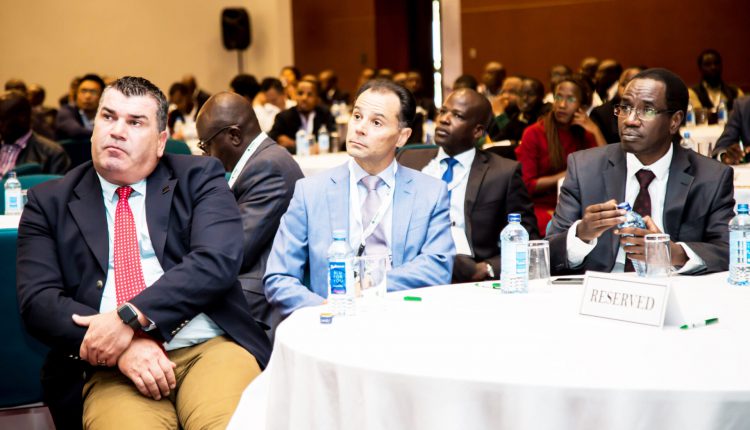By Francis Zyder
- Government’s test report confirms suitable performance of HRBs
- In Kenya, specification for soil treatment and stabilization has been highly restrictive, allowing only the use of a CEM I 42.5 cement, traditionally known as Ordinary Portland Cement (OPC)
- In 2014, the Government, through the Kenya Rural Roads Authority, challenged cement manufacturers to offer a low-cost product for use in soil stabilization
- Soil stabilization is the process by which the strength, stiffness and bearing capacity of soils in road are improved by either mechanical or chemical means
Leading cement manufacturer, Bamburi Cement has urged the government and players in road construction to incorporate Hydraulic Road Binders (HRBs) into existing road design manuals and specifications for designers and contractors thereby giving HRBs a legal basis of use.
Soil stabilization is the process by which the strength, stiffness and bearing capacity of soils in road are improved by either mechanical or chemical means. Through the process, soils are altered and enhanced to increase suitability for construction purposes as well as ensure strong foundations for roads.
In Kenya, specification for soil treatment and stabilization has been highly restrictive, allowing only the use of a CEM I 42.5 cement, traditionally known as Ordinary Portland Cement (OPC). However, if fully embraced, the use of HRB will be a significant milestone heralding a major change in road construction.
“We urge all players in the country’s road construction industry to fully embrace the use of the more cost effective HRBs as opposed to the widely used OPCs. Laboratory tests show that use of HRBs significantly improves stabilized soil thereby translating to more durable roads,” said Bamburi Cement Chief Executive Officer Mr. Seddiq Hassani.
He was speaking during a conference organized by the cement manufacturer and Panafrican Equipment in conjunction with the Materials Testing and Research Department in the State Department of Infrastructure- Ministry of Transport, Infrastructure and Urban Housing to create awareness on use of new binders and technologies, and construction equipment in road design and construction and also to educate on the economical use of alternative binders to Ordinary Portland Cement (OPC) cement in soil treatment and stabilization.
The one-day conference brought together key stakeholders in the country’s road infrastructure industry, including road designers, engineers in both the private and public sectors, KeNHA, KERRA, KURRA and County Governments among others.

During the conference, Materials Testing and Research Division, State Department of Infrastructure, Ministry of Transport Infrastructure and Urban Development presented a report – Verification Trials on Hydraulic Road Binders. They had conducted laboratory trials on HRBs and their effect in improving soil properties. The conclusion was that certain HRB’s improve properties of certain soils and can be used in road construction.
The report recommends that further work be conducted on trials on actual roads across the country reflecting different climatic and geotechnical environments.
Bamburi Cement has already developed its set of HRB products, which are ready for rollout
In 2014, the Government, through the Kenya Rural Roads Authority, challenged cement manufacturers to offer a low-cost product for use in soil stabilization. Consequently, an action plan to develop Hydraulic Road Binders (HRB) for soil stabilization was agreed upon. Since then, Bamburi Cement Limited (BCL) has taken the initiative to help fast-track adoption and use of HRBs by producing two products conforming to international HRB standards.


